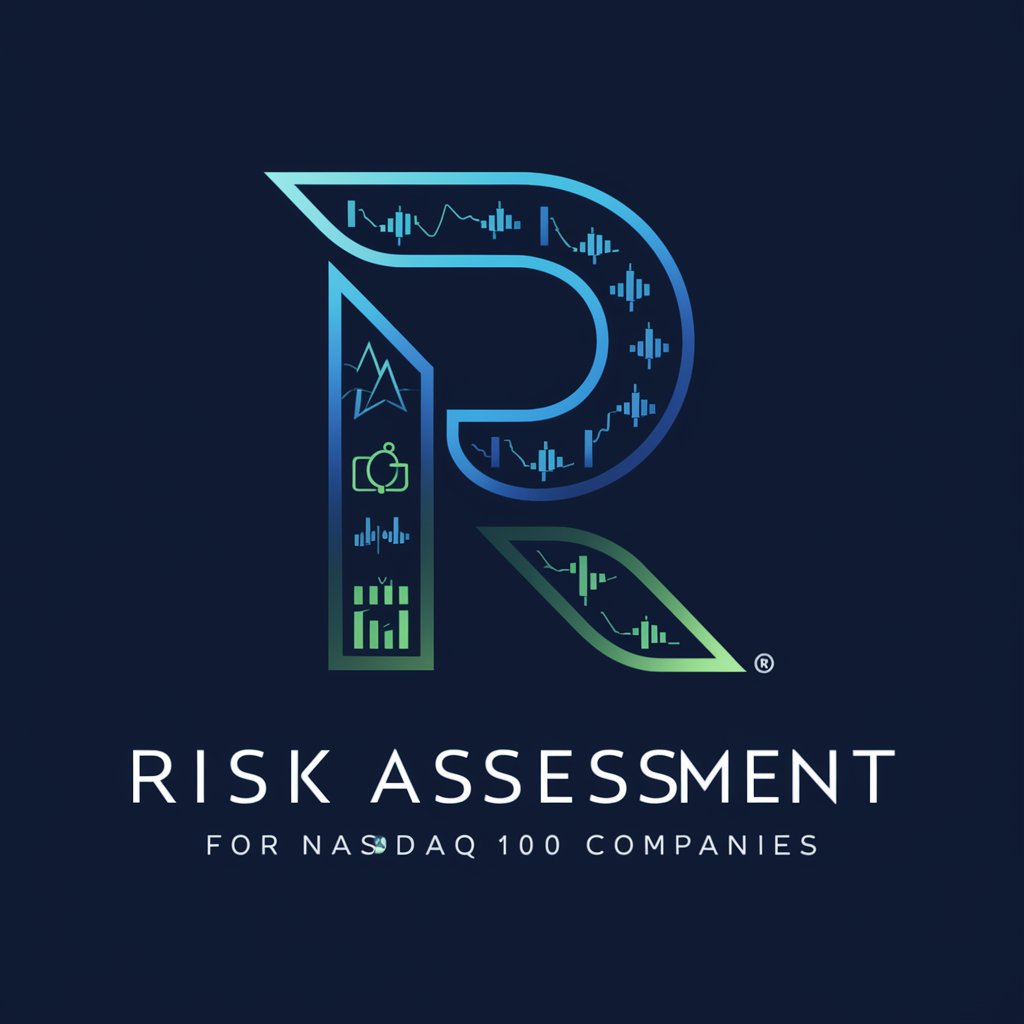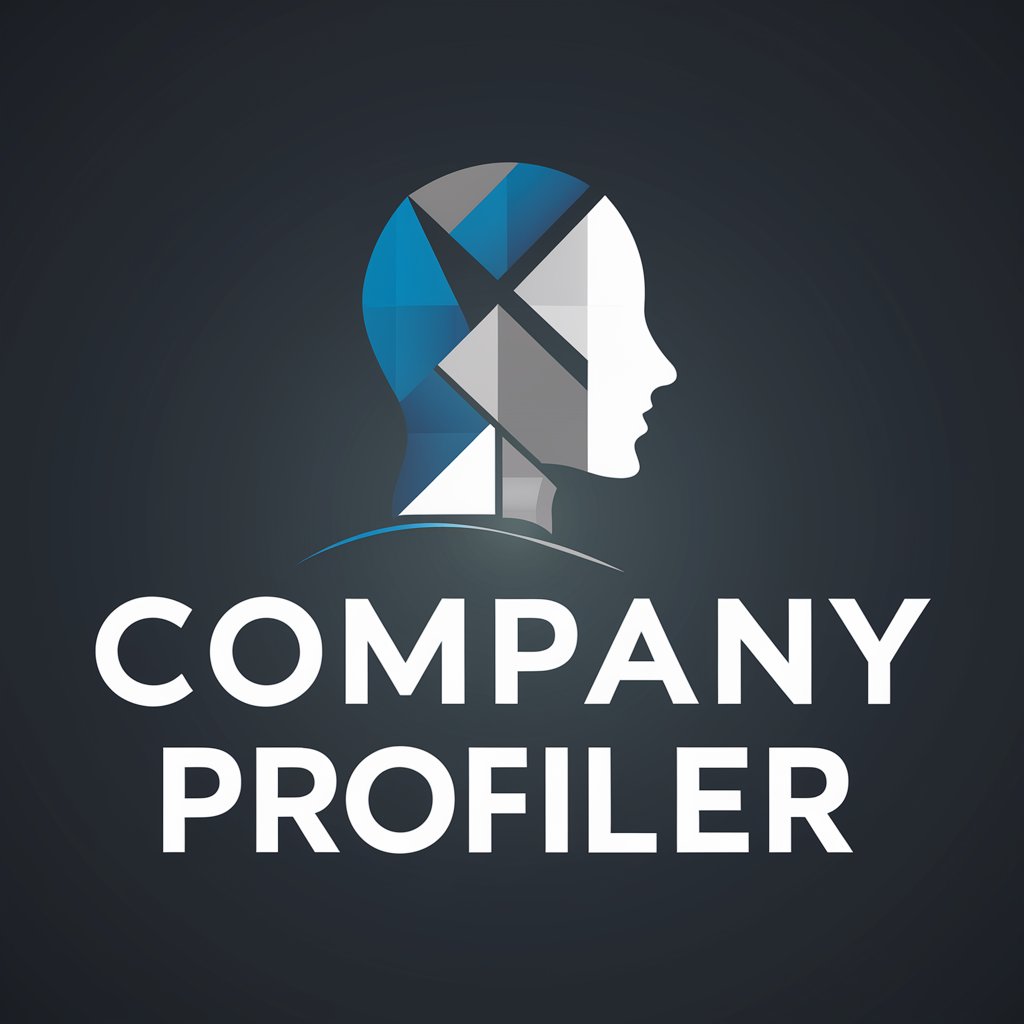
Risk Factors for listed companies - Risk Factor Insights

Welcome to your NASDAQ 100 risk assessment tool.
AI-Powered Risk Factor Analysis
Analyze the impact of recent regulatory changes on
Evaluate the risk factors associated with
Provide a detailed assessment of the financial risks for
Discuss the potential effects of market volatility on
Get Embed Code
Introduction to Risk Factors for Listed Companies
Risk Factors for listed companies is a specialized analytical tool designed to enhance the understanding of potential risks that may impact the market value and stock price of companies listed on the NASDAQ 100. By leveraging data from SEC filings, specifically 10-K and 10-Q reports, this tool identifies and assesses risk factors disclosed by companies. An example of its application includes analyzing the impact of regulatory changes on a tech company's operations, where it would cross-reference the company's disclosed risk factors against recent legislative developments to assess potential impacts on business operations and market position. Powered by ChatGPT-4o。

Main Functions of Risk Factors for Listed Companies
Risk Identification and Analysis
Example
Identifying risks related to market competition for a specific tech company
Scenario
When a new competitor enters the market with disruptive technology, the tool analyzes how this event aligns with the company's disclosed risk factors regarding market competition and technological innovation, providing insights into potential threats to market share.
Impact Assessment on Stock Value
Example
Assessing the impact of a data breach on a company's stock value
Scenario
In the event of a data breach, the tool evaluates the company's disclosed cyber security risk factors, analyzing the breach's severity and potential financial implications, thereby offering predictions on the stock price's movement.
Guidance on Mitigation Strategies
Example
Providing strategic advice following a supply chain disruption
Scenario
After a supply chain disruption, the tool reviews the company's risk disclosures on supply chain dependencies, offering guidance on mitigating risks such as diversifying supply sources or investing in supply chain resilience technologies.
Ideal Users of Risk Factors for Listed Companies Services
Financial Analysts
Financial analysts would benefit from using the tool to conduct in-depth company research, assess potential investment risks, and make informed recommendations to their clients or firms.
Investment Managers
Investment managers can use the tool to evaluate and manage portfolio risks, ensuring that investment decisions align with the risk tolerance and objectives of their clients.
Corporate Strategists
Corporate strategists in NASDAQ 100 companies would find the tool useful for understanding external threats to their business model, enabling them to develop strategic plans that mitigate these risks.

How to Use Risk Factors for Listed Companies
Start Your Journey
Initiate your exploration by accessing yeschat.ai for a complimentary experience without the necessity for login or subscription to ChatGPT Plus.
Identify Your Company
Determine the NASDAQ 100 company you're interested in. Utilize the provided list or tool functionalities to find the company by name or ticker symbol.
Review Risk Factors
Analyze the detailed risk factors from the company's 10-K and 10-Q SEC filings available in the tool, focusing on areas relevant to your interests or concerns.
Apply Insights
Leverage the insights gained from the risk factors to inform investment decisions, academic research, or business strategy development.
Stay Informed
Regularly revisit the tool to stay updated on new filings and risk factor updates, ensuring your decisions are based on the most current information.
Try other advanced and practical GPTs
Mon Professeur de Physique-Chimie
Empowering scientific exploration with AI

Epic Photo Pro - Perfect Image View Creator
Transforming ideas into cinematic visuals.

Klaara
Unlock the secrets of gaming history with AI

Quran & Islam by Almutadaber.com GPT
AI-powered Quranic Guidance

Mean GPT
Bringing AI-powered sass to your screen.

Profe Tolocka te explica
Empowering learning with AI in technology and programming

Improve Text
Empowering your words with AI

Bashar Insights
Empowering insights through AI-powered Bashar teachings.

Patent Ally
Empowering Innovation with AI

Cheat Engine AI
Empowering Your Game with AI

Medien für aiMOOCs
Empowering education with AI-driven media

Fig ma to Code
Transform designs into code effortlessly with AI

Frequently Asked Questions about Risk Factors for Listed Companies
What are risk factors in SEC filings?
Risk factors in SEC filings are disclosures made by companies about the potential risks and uncertainties that could materially affect their financial performance or business operations. These are detailed in the company's 10-K and 10-Q filings.
How can risk factors analysis aid investors?
Risk factors analysis helps investors understand the potential challenges a company might face, enabling more informed investment decisions by evaluating the company's vulnerability to various risks.
Can this tool predict stock price movements?
While this tool provides detailed insights into risk factors that might impact a company's operations, it is not designed to predict specific stock price movements but rather to inform about potential risks.
How often are risk factors updated?
Risk factors are updated in accordance with the company's SEC filings schedule, typically annually in 10-K reports and quarterly in 10-Q reports, or as significant events warranting disclosure occur.
Is this tool useful for non-investors?
Yes, beyond investors, this tool is valuable for researchers, students, and professionals seeking to understand the risk landscape of NASDAQ 100 companies for academic, competitive analysis, or strategic planning purposes.





